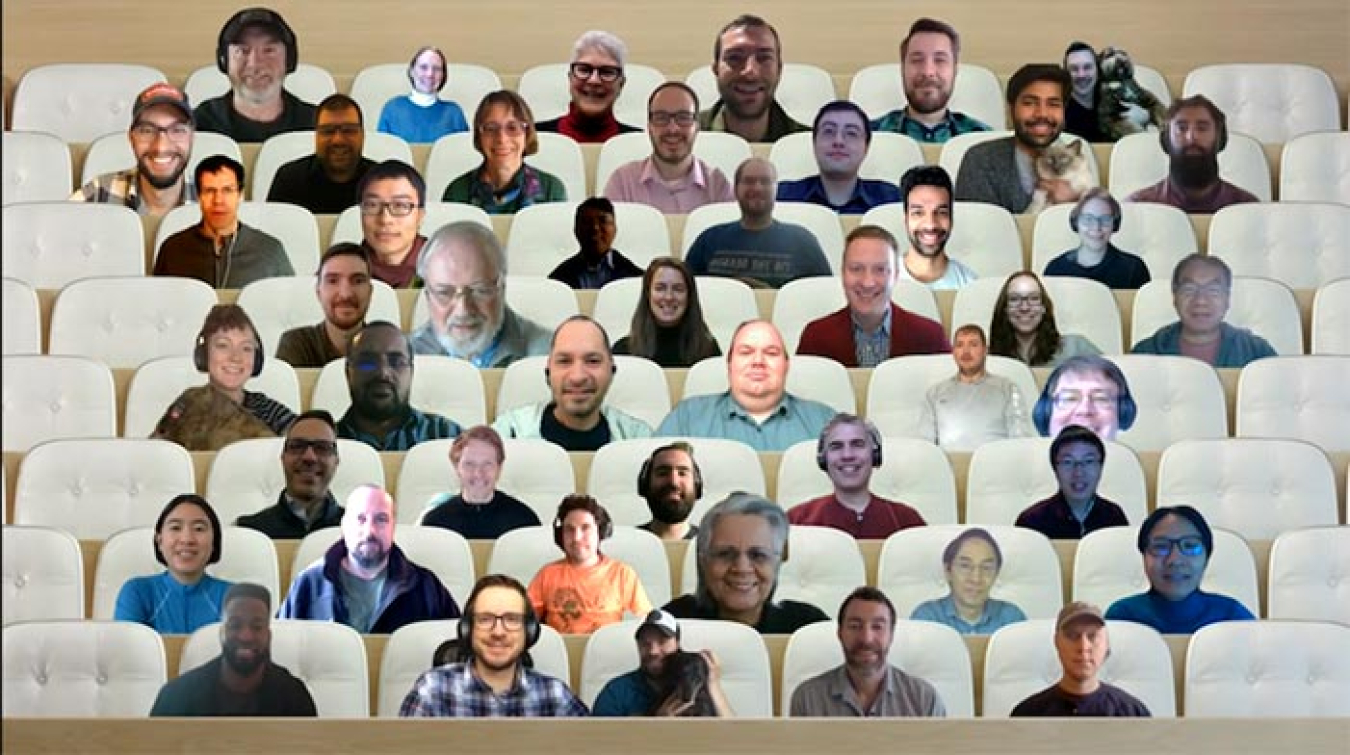
Members of Energy I-Corps Cohort 11
The opening session for Energy I-Corps Cohort 11 was held Oct. 5–12, 2020, and the closing session was held Dec. 8–10, 2020.
Cohort 11 was composed of 17 teams from Fermi National Accelerator Laboratory (FNAL), Idaho National Laboratory (INL), Lawrence Berkeley National Laboratory (LBNL), National Renewable Energy Laboratory (NREL), Pacific Northwest National Laboratory (PNNL), and Sandia National Laboratory (SNL) and was the largest ever Energy I-Corps cohort at the time.
The entirety of the Cohort 11 was held virtually due to the COVID-19 pandemic.
Teams and Technologies
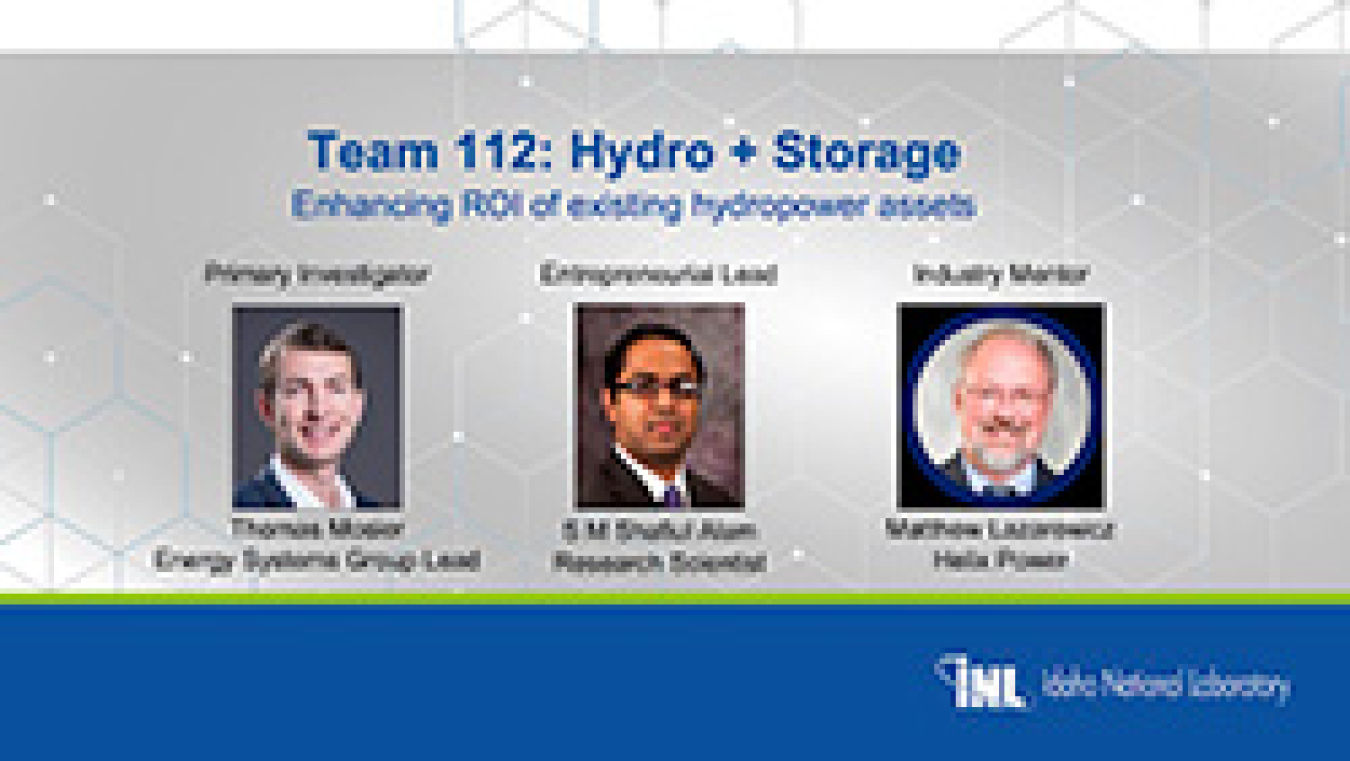
Team Members
- Principal Investigator: Thomas Mosier
- Entrepreneurial Lead: S.M. Shafiul Alam
- Industry Mentor: Matt Lazarewicz
Technology Description
This project has developed the technical basis and demonstrated the economic potential of using integrated energy storage devices as "virtual reservoirs" that can increase the revenue of existing hydropower plants. These virtual reservoirs increase flexibility of hydropower over short to medium timescales, enabling them to provide frequency regulation, energy arbitrage, ramping, and black-start services. The approach is agnostic to the type of energy storage devices and, in some cases, may benefit from a combination of energy storage technologies.

Team Members
- Principal Investigator: Jay Huggins
- Entrepreneurial Lead: Amanda Quay
- Industry Mentor: Peter Fiske
Technology Description
NAWI Water DAMS is a domain-specific data management system intended for academic and industry partners to share curated datasets for a circular water economy, including unconventional water sources. Flexible, secure, and adaptable, Water DAMS will be uniquely poised to foster an energy-water data ecosystem, to enable researchers and stakeholders to collaborate and accelerate innovation and to develop a more efficient, sustainable, and resilient national water system.

Team Members
- Principal Investigator: Michael Geelhoed
- Entrepreneurial Lead: Walter Levernier
- Industry Mentors: Nathan Siegert, Scott Schirmer
Technology Description
Fermilab is developing a simple, cost-effective, electron accelerator for treatment of harvested logs for export. Forest products are essential to the construction of homes in rural areas. Unproperly treated logs allows for native and non-native pests to wreak havoc on the supply of lumber and construction materials. The unmitigated infested logs can continuously impact the supply chain by means of bio-contamination and re-infestation.
Electron beam treatment of harvested logs and construction materials, such as lumber, simultaneously acts and kills embedded insects such as wood burrowers and potentially increases the material properties of the wood, such as the compressive strength. As a result of this treatment, the lumber can increase its structural integrity while reducing the harmful effects of invasive species like wood burrowers to sustain the structural integrity of homes. Wood as an organic structure has the potential to be crosslinked across its molecular structure. The electrons secondary purpose is to strengthen those bonds in the molecular structure by crosslinking.
Fermilab has developed a super conducting radio frequency electron accelerator based on conduction cooling technology to cryogenically cool Nb3Sn-coated cavities. Combined with other commercially available products, this allows for a simple method in which the required dose to harvested logs for phytosanitation is supplied. The accelerator is ready to move to a full engineering design and construction of a first article. In addition, the Fermilab research and development team has designed a beam delivery and shielding system that is viable for treating harvested logs from forests to a treatment facility.
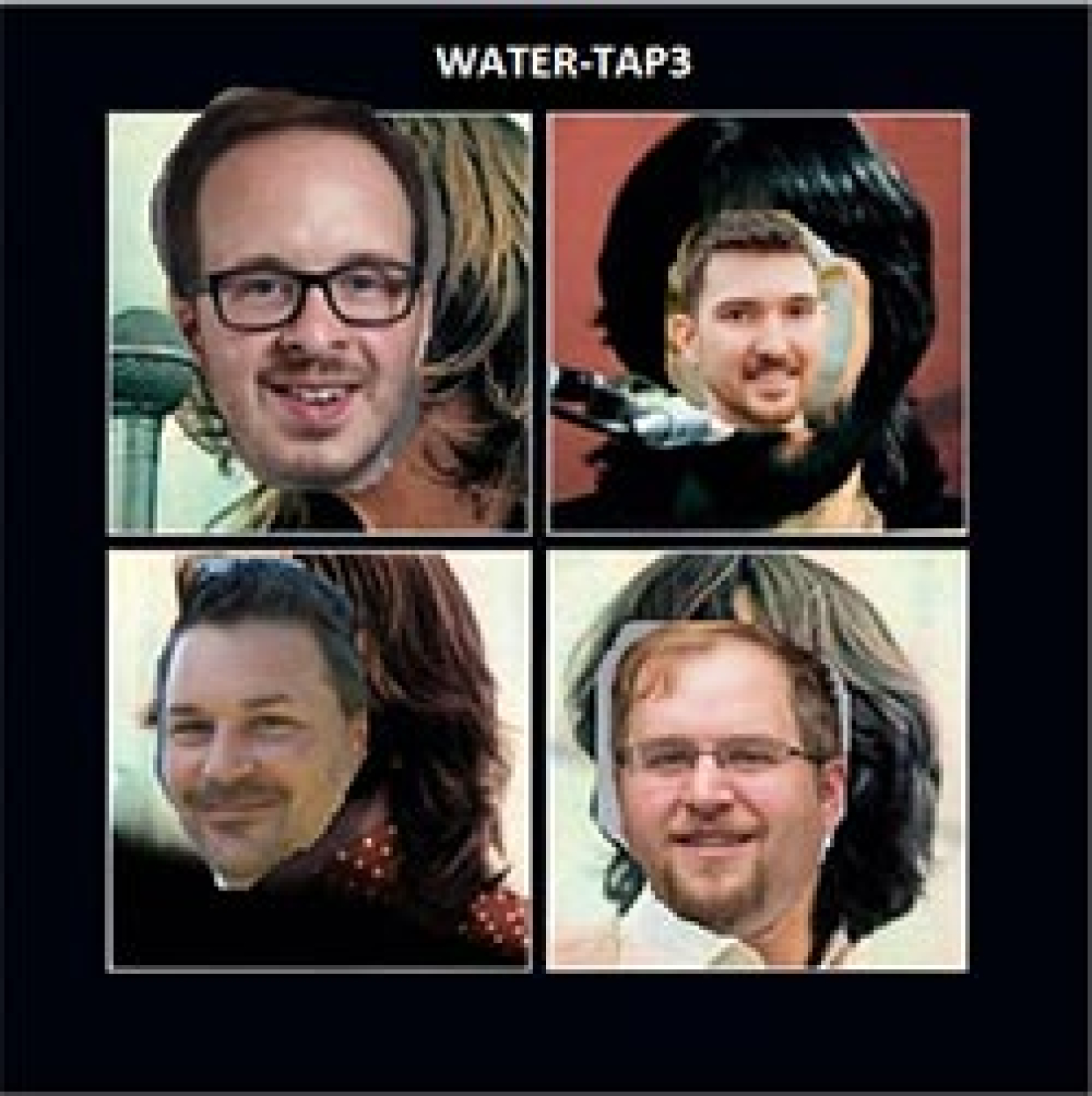
Team Members
- Principal Investigator: James McCall
- Entrepreneurial Leads: Dan Gingerich, Jeff Guild
- Industry Mentor: Matt Mallory
Technology Description
The Water Techno-economic Assessment Pipe Parity Platform (Water-TAP3) is an open-source tool that allows users to evaluate current and novel water treatment technologies. Users can enter their own data or access a public library of water-treatment technologies to model process performance and cost. Water-TAP3 also allows the user to optimize a water treatment process for cost, reliability, environmental, and energy metrics. Water-TAP3 was developed by the National Alliance of Water Innovation and funded by the U.S. Department of Energy's Advanced Manufacturing Office.

Team Members
- Principal Investigator: Aaron Barker
- Entrepreneurial Leads: Parangat Bhaskar, Owen Roberts
- Industry Mentor: Peter Lilienthal
Technology Description
The Hybrid Optimization and Performance Platform (HOPP) is a software tool that enables detailed analysis and optimization of hybrid power plants down to the component level. It has the capability to assess and optimize projects containing combinations of wind (onshore and offshore), solar, storage, geothermal and hydro.
The HOPP platform aims to answer the crucial questions: "When and where do hybrid plants make sense (from a market and resource perspective), and how can we design them optimally?"

Team Members
- Principal Investigator: Jason Fields
- Entrepreneurial Leads: Jordan Perr-Sauer, Eric Simley
- Industry Mentor: John Meissner
Technology Description
Open Operational Assessment (OpenOA) is an open-source data analytics toolkit for analyzing the performance of operating wind power plants. Current methods for characterizing, reacting to, and predicting wind plant operations leave billions of dollars per year on the table, and OpenOA seeks to unlock these savings through modern AI techniques and big-data solutions that optimize operations and enable wind plant operators to maximize revenue across their fleets. The OpenOA project seeks to provide a platform upon which to build valuable industry products. OpenOA has already developed traction with some members of the industry collaborative, ENTR Alliance, who see this platform as a path forward for improving their operations in a significant way.
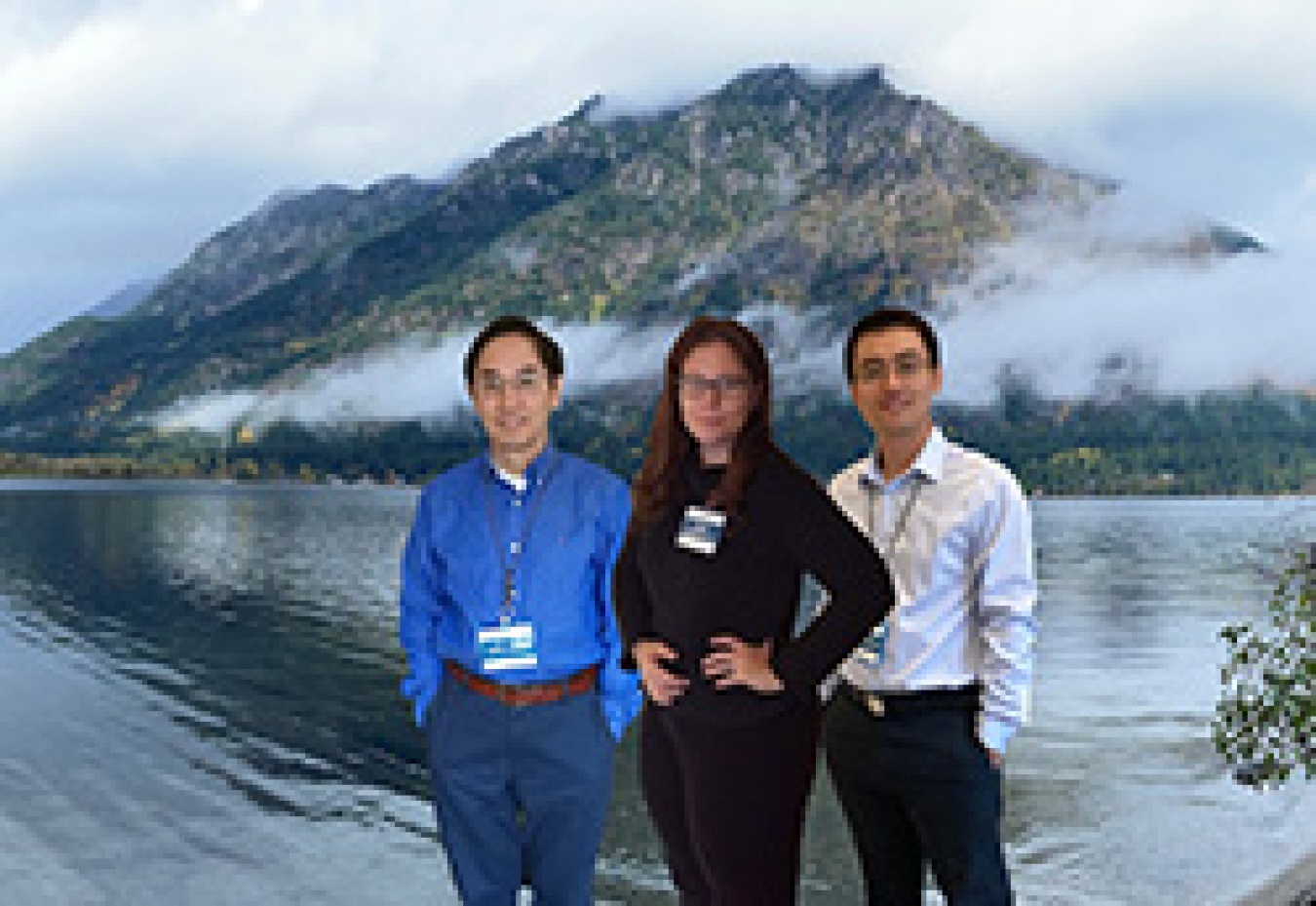
Team Members
- Principal Investigator: Xiaoyuan Fan
- Entrepreneurial Lead: Emily Barrett
- Industry Mentor: Song Wang
Technology Description
Transformative Remedial Action Scheme Tool (TRAST) automates the process of identifying and evaluating remedial action schemes (RAS) used by electric utilities to plan for specific contingencies and emergencies. TRAST uses a novel approach to generate use cases automatically, bringing in advanced statistical data analysis tools, and using machine learning algorithms to analyze, validate, and help create RAS plans. PNNL parallel computing platform and Microsoft cloud environment are utilized for steady state and dynamic simulations under massive contingencies and operating conditions, more realistic settings of RAS systems in U.S. western interconnection can make the grid more reliable and resilient.
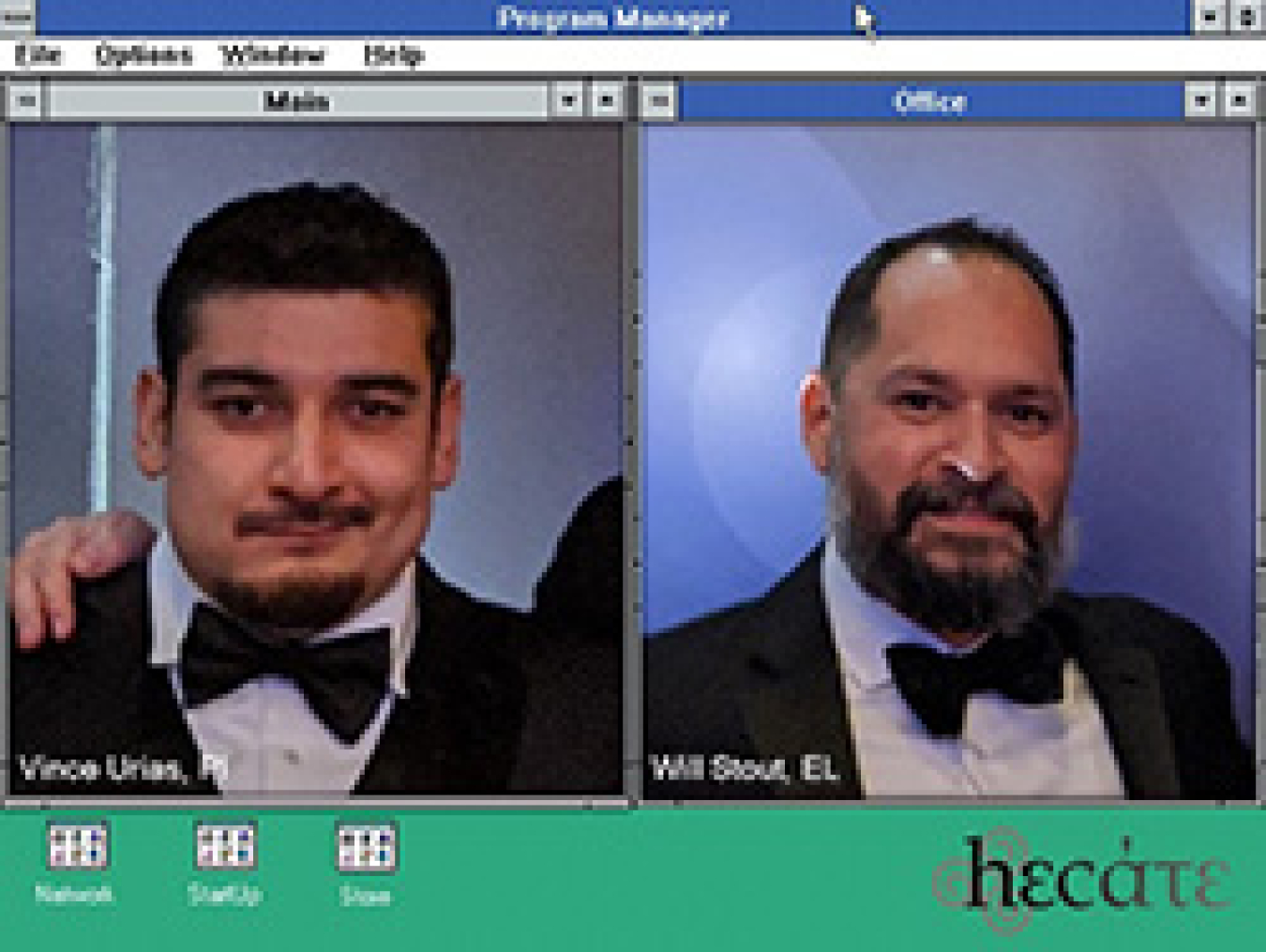
Team Members
- Principal Investigator: Vince Urias
- Entrepreneurial Lead: Will Stout
- Industry Mentors: Paula Getz, Brennan Bayback
Technology Description
As the number of public, private, and government institutions moving valuable information to the cloud increases, the need for more sophisticated, platform-agnostic cyber-defense tools grows. This paradigm shift has left cyber incident response and forensic teams with new challenges. Sandia’s Cloud Hypervisor-forensics and Incident Response Platform gives analysts a first-ever holistic view of a cloud system, providing the necessary tools to collect forensic artifacts, evidence, and incident response materials in real time without disturbing the guest environment or alerting the intruder. Analysts can pinpoint suspicious activities, track and record attacker actions, and retrieve materials transparently from targeted machines automatically or on-demand.
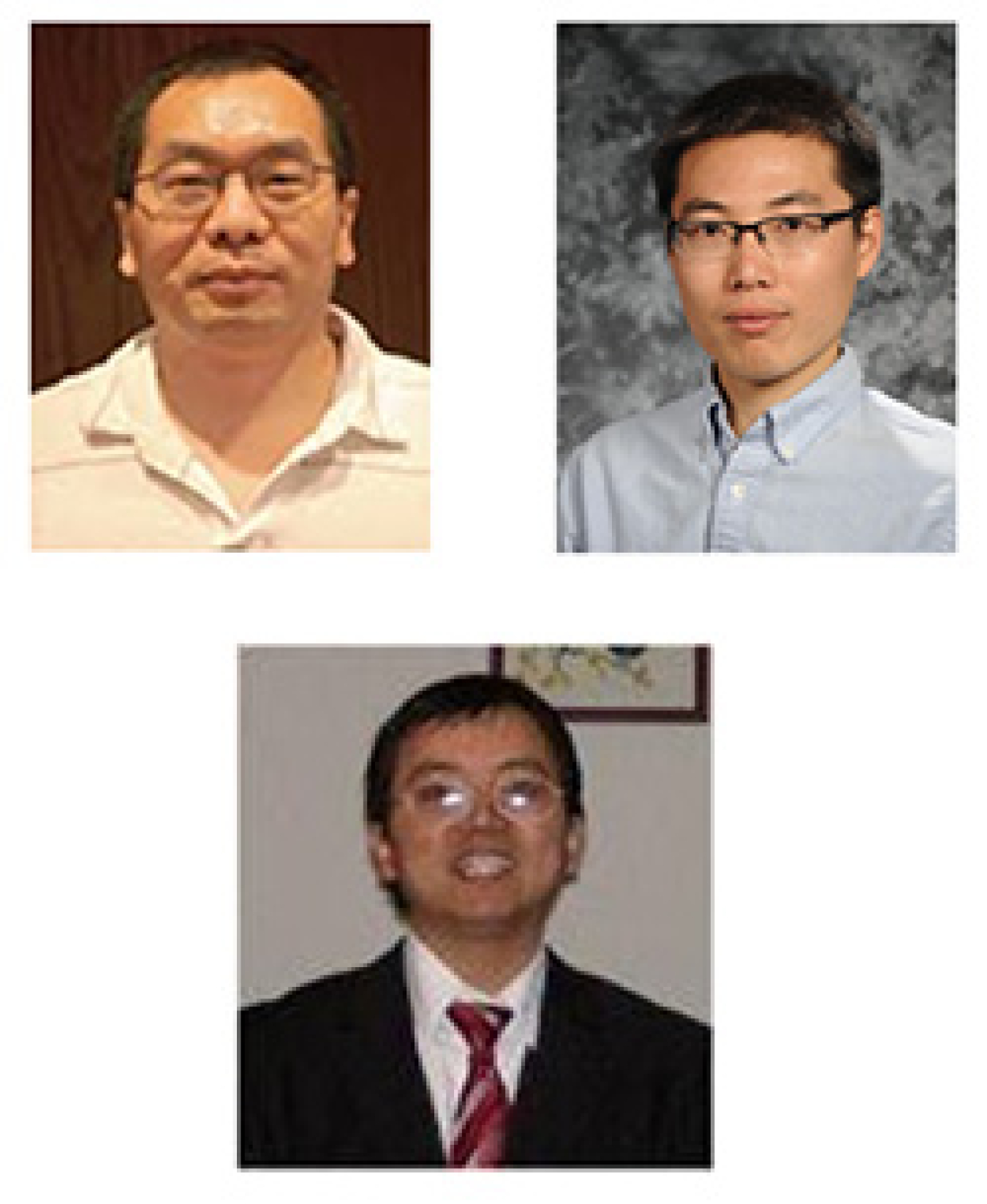
Team Members
- Principal Investigator: Junhua Jiang
- Entrepreneurial Lead: Conjian Wang
- Industry Mentor: Mark Feng
Technology Description
Electrolytic metal-atoms enabled etching (EMEE) is a one-pot, green-chemistry process for the etching of a substrate through tuning electrochemical deposition and dissolution of metal ions onto and away from the substrate. It will provide a unique electrochemical technology for the manufacturing and surface modification of a range of nuclear materials and components. Its successful implementation will boost the development of advanced nuclear reactors. Beyond nuclear applications, the EMEE will be a disruptive technology to the etching market of more than $10 billion annually and boost the large-scale deployment of several emerging energy technologies.
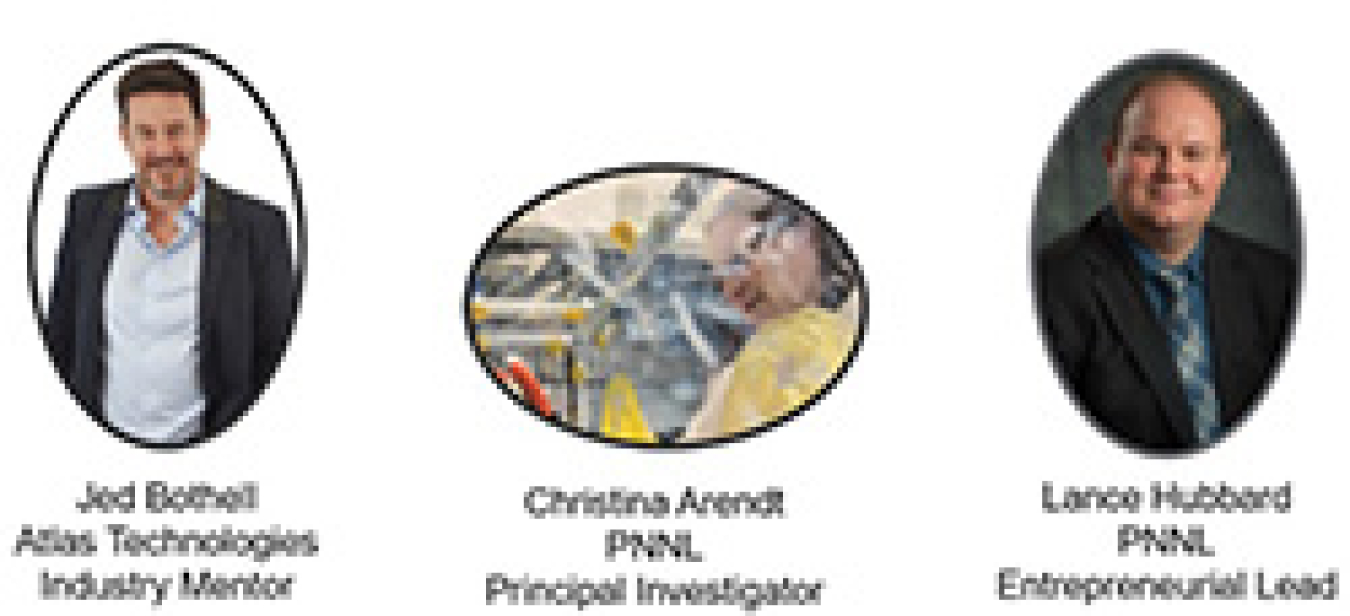
Team Members
- Principal Investigator: Christina Arendt
- Entrepreneurial Lead: Lance Hubbard
Technology Description
Refractory metal films are excellent chemical diffusion, corrosion, and erosion barriers. They have high melting temperatures and low corrosion and diffusion rates, making them ideal as barriers between systems which need to share energy but not mass. In the solar, furnace, and nuclear energy industries, the thermal properties of refractories make them useful as buffers. We developed a near-room temperature electroplating method that provides as much as a 200 times cost reduction. We have demonstrated the capability to plate high-quality metallic zirconium films that are not only less expensive but also smoother and more uniform than those plated with traditional techniques.
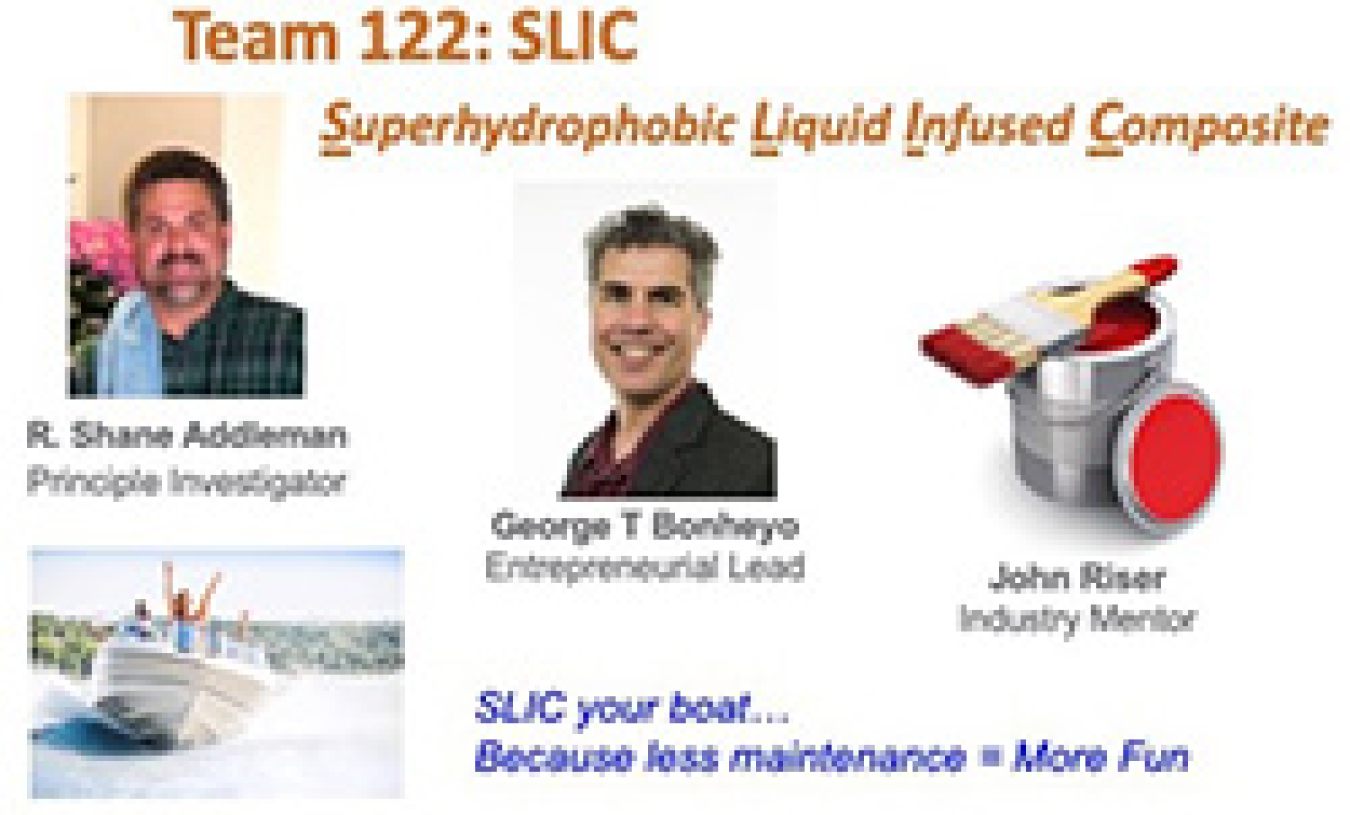
Team Members
- Principal Investigator: Shane Addleman
- Entrepreneurial Lead: George Bonheyo
- Industry Mentor: John Riser
Technology Description
PNNL’s Superhydrophobic Lubricant Infused Composite (SLIC) coating is a durable composite material that makes adhesion (biological and chemical) to a surface very difficult. The coating creates an extremely low-friction surface and provides resistance to fouling, abrasion, and corrosion. It has unique self-healing properties that enable it to recover from damage to support long operational lifetimes. The coating has a wide range of industrial applications, including shipping and improving the efficiency of desalination plants, chemical processing, refining, and other processes where corrosion and surface fouling and scaling are problems.
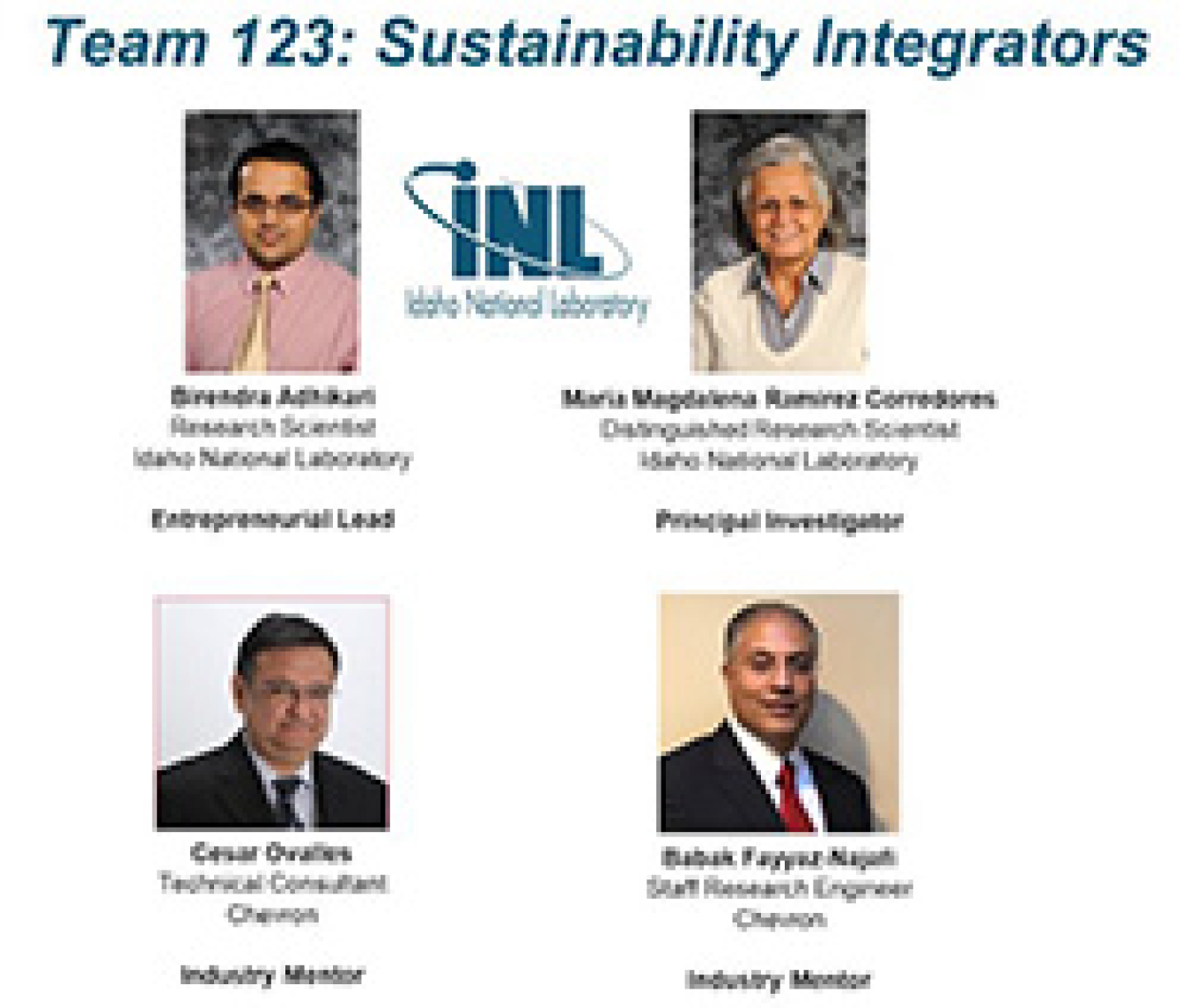
Team Members
- Principal Investigator: Maria Magdalena Ramirez Corredores
- Entrepreneurial Lead: Birendra Adhikari
- Industry Mentors: Cesar Ovalles, Babak Fayyaz-Najafi
Technology Description
INL proposes a process in which a carbon dioxide (CO2) captured in a switchable polarity solvent (SPS) media is directly introduced into an engineered proton exchange membrane electrolyzer where CO2 is electrochemically reduced and regenerated SPS is released in-situ. Production of syngas has demonstrated, with CO2 conversions over 70% at current densities over 100 mA/cm2. The regenerated SPS is then reused in the capturing stage without any degradation of its CO2 affinity. This integrated technology not only offers decrease on operating costs, by reducing energy consumption during solvent regeneration but also capital investment savings by not requiring solvent/CO2 recovery train.

Team Members
- Principal Investigator: Donna Baek
- Entrepreneurial Lead: Ruby Nyugen
- Industry Mentor: Corby Anderson
Technology Description
Rare earth elements (REEs) are technologically and economically significant materials vital to modern technology. Metallic forms of REEs are used in advanced electric vehicle batteries, traction motors, advanced light-weight alloys, telecommunication devices, energy-efficient refrigeration magnets, micro-electronics, satellites, and defense weapons systems. Currently, to convert REEs to their useful metallic form a high temperature (600-1400°C) process is utilized that results in hazardous waste. Researchers at INL have developed a new low-temperature electrochemical REE metallization process that has several advantages over current methods. This technology utilizes Ionic liquids that allow for a low-vapor pressure, non-hazardous, metallization process that operates at less than 100°C.
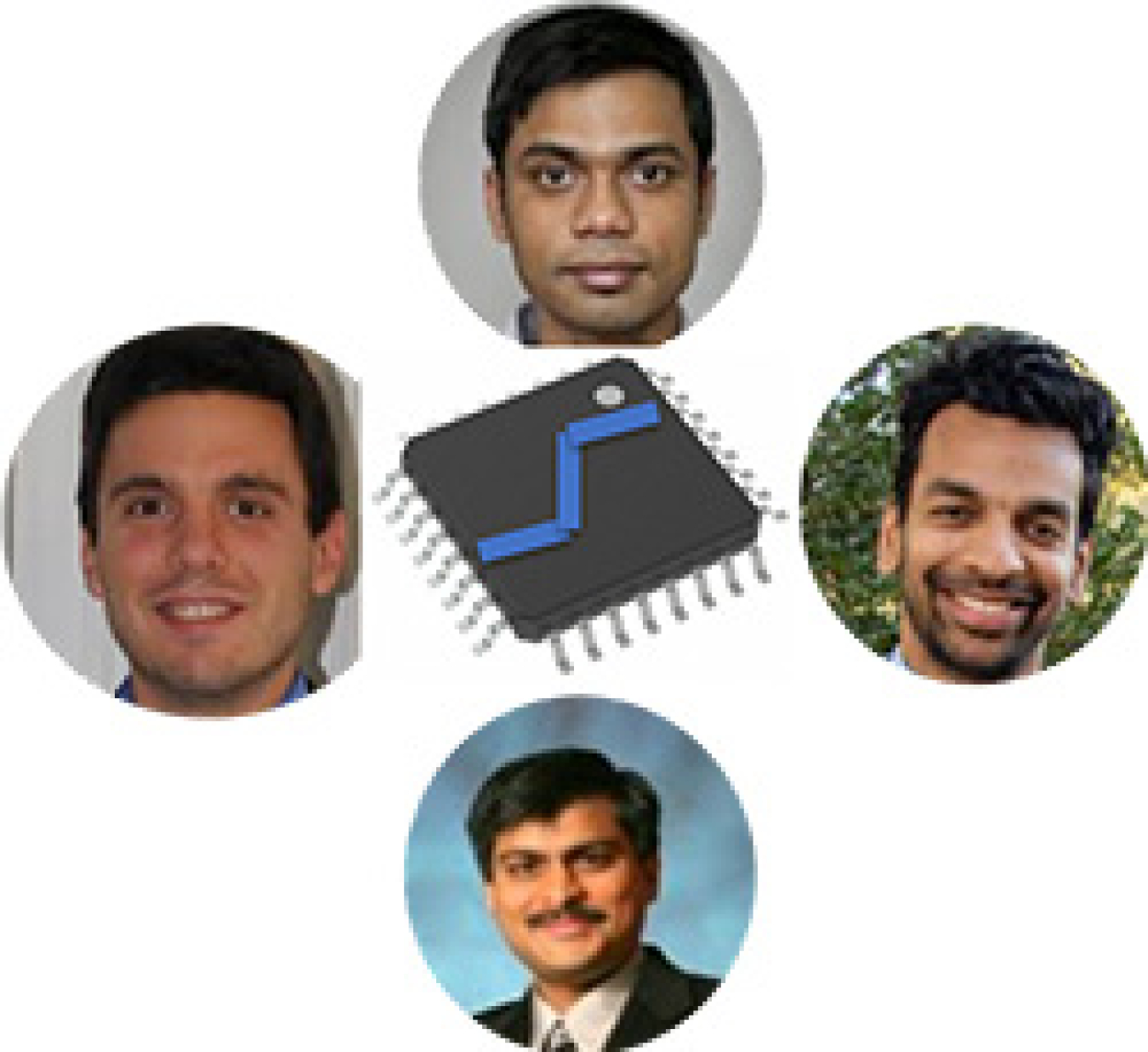
Team Members
- Principal Investigator: Dilip Vasudevan
- Entrepreneurial Leads: George Michelogiannakis, Shyam Dwaraknath
- Industry Mentor: Dr. Deepnarayan Gupta
Technology Description
We are developing chip designs for high-performance computing architecture using superconducting devices. These designs are based on reconfigurable computing architectures, which are more tuned toward the type of applications that are expected to run these systems. Applications like machine learning, digital signal processing, financial algorithms, scientific simulations can be run on these systems at a very high speed compared to our current transistor-based electronic chips.
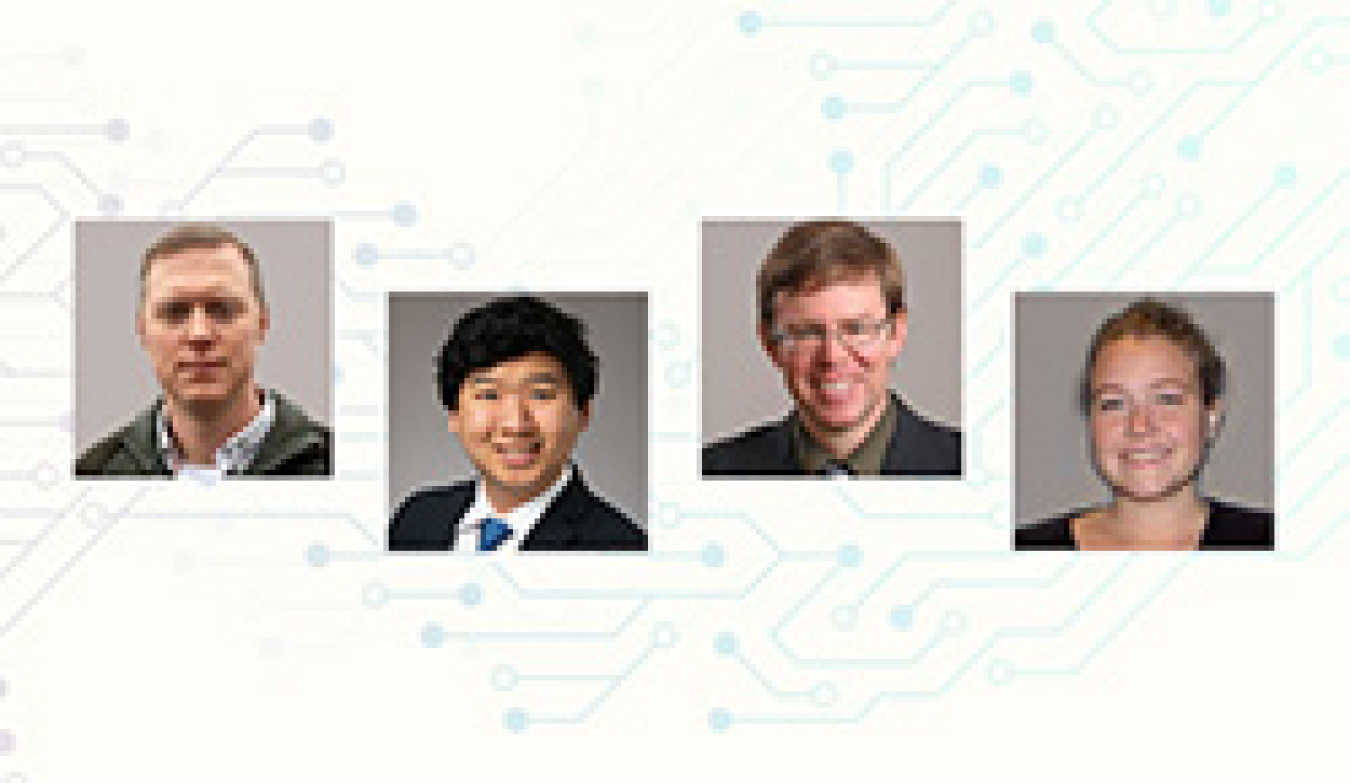
Team Members
- Principal Investigator: Jason Neely
- Entrepreneurial Lead: Michael Ropp
- Industry Mentor: David Ganger
- Project Support: Emma Talbert
Technology Description
Sandia has advanced power electronic systems. These systems greatly increase power converter performance (efficiency, power density, and operating voltage) beyond where it is today by using novel semiconductor materials, novel passive materials, devices, components, and circuit designs that can dramatically improve the size, weight, and power of power distribution and conversion systems. Sandia’s portfolio includes vertical GaN technology with higher-voltage ratings, nano-composite magnetic materials that enable lower-loss multi-megahertz inductors, methods to improve ceramic capacitors reliability and packaging, and novel circuitry that fully uses wide bandgap device capabilities. Together, these developments make next-generation power electronic conversion systems possible.

Team Members
- Principal Investigator: Stephen Neidigk
- Entrepreneurial Lead: Elijah Hammond
- Industry Mentor: Greg Hitchum
Technology Description
The Captive Access Protection (CAP) Fastener is a novel, high-security bolt that combines access delay and tamper detection. The unique, two-part design allows the fastener to be used in a variety of applications.
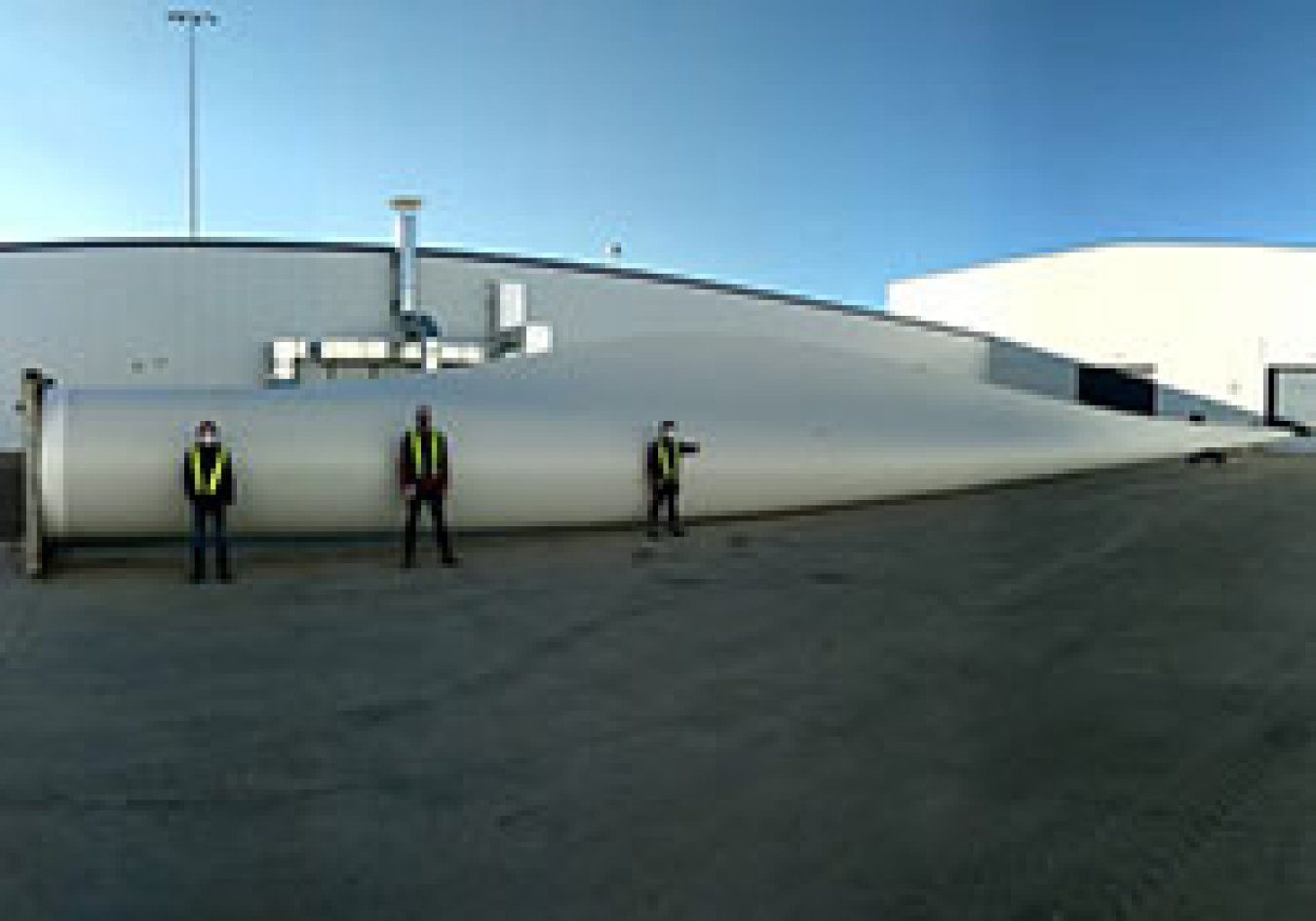
Team Members
- Principal Investigator: Ray Henson
- Entrepreneurial Lead: Chen Wang
- Industry Mentor: Tim Beranek
Technology Description
Today, most plastics are sourced from petroleum and accumulate in the environment with detrimental effects on biodiversity and human health. Our team aims to leverage NREL’s recent IP developments around production of new recyclable and biodegradable polymers from bioderived molecules with the goal of determining market applications for these materials and their fit into the circular economy.

